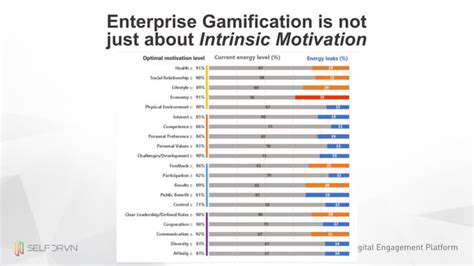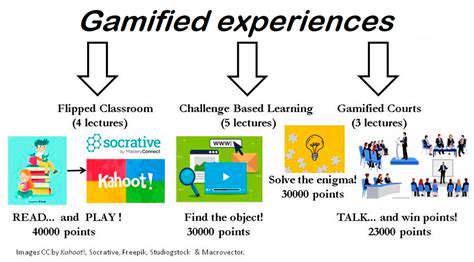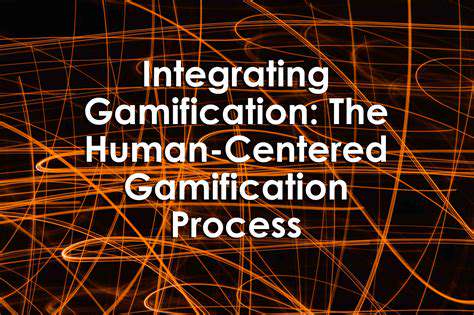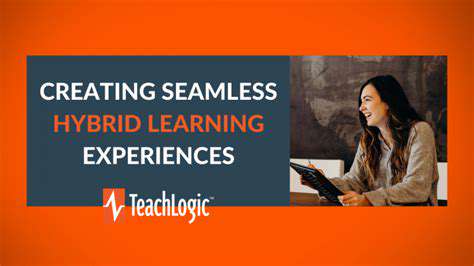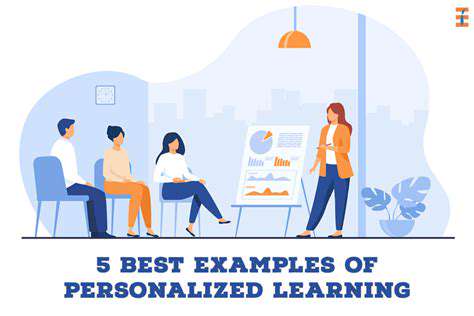From Quizzes to Quests: Transforming Assessment with Gamification
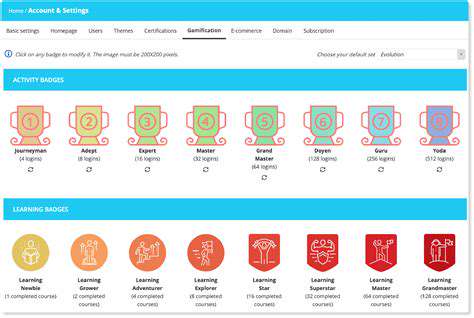
Crafting Effective Questions
Creating assessments that truly engage students requires more than just testing memorized facts. The goal is to spark curiosity and encourage deeper understanding through thoughtful questioning. Questions should challenge students to analyze, synthesize, and evaluate information rather than simply recall it. Wording matters greatly - ambiguous or unclear questions can frustrate students and undermine the assessment's purpose.
Higher-order thinking questions push learners to apply knowledge in new contexts. For instance, asking students to compare competing theories or explain concepts in their own words demonstrates true comprehension. These techniques transform assessments from rote exercises into meaningful learning experiences.
Designing Engaging Activities
Traditional paper-and-pencil tests often fail to capture students' full capabilities. Incorporating interactive elements like debates, role-playing scenarios, or multimedia presentations provides richer assessment opportunities. A well-structured debate, for example, evaluates not just content knowledge but also critical thinking and communication abilities.
Active learning approaches make assessments more authentic and memorable. When designing these activities, careful alignment with learning objectives is crucial. Simulations that mirror real-world applications of concepts tend to be particularly effective, as they demonstrate practical understanding while maintaining engagement.
Leveraging Technology for Enhanced Engagement
Modern digital tools offer exciting possibilities for assessment innovation. Interactive quizzes, virtual simulations, and digital portfolios create dynamic learning environments. These technologies enable immediate feedback and personalized learning paths. The adaptability of digital platforms allows educators to meet diverse student needs effectively.
Online assessment tools provide flexibility that traditional methods cannot match. They accommodate various learning styles while offering more nuanced evaluation options. In our increasingly digital world, these approaches prepare students for future academic and professional challenges.
Considering Diverse Learning Styles and Needs
Effective assessments recognize that students process information differently. Some learners excel with visual presentations, while others prefer oral explanations or hands-on demonstrations. Offering multiple assessment formats ensures all students can demonstrate their understanding effectively.
Inclusive assessment design promotes educational equity. Simple accommodations like extended time or alternative response formats can make significant differences for certain learners. By removing unnecessary barriers, educators create fairer evaluation systems that accurately reflect student capabilities.
Paint correction is a crucial step in restoring the original beauty and shine of a vehicle's paint. This meticulous process removes imperfections like swirls and scratches that diminish a car's appearance. A professional paint correction can dramatically improve a vehicle's aesthetic appeal and potentially increase its resale value. The results often last for years with proper maintenance.
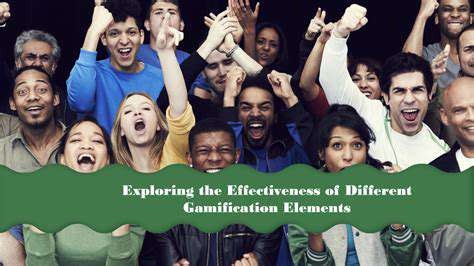
Measuring Impact and Adapting Strategies
Understanding the Metrics for Impact
Effective program evaluation requires examining both quantitative and qualitative data. Test scores and completion rates provide some insight, but student reflections and teacher observations offer deeper understanding. A balanced assessment approach captures both knowledge acquisition and skill development.
Different assessment types serve different purposes. While standardized quizzes measure factual recall, they often miss higher-order thinking skills. Comprehensive evaluation requires multiple measurement tools to paint a complete picture of student progress.
Adapting Strategies Based on Data Analysis
Continuous improvement depends on regular data review. Identifying patterns in student performance helps educators refine their approaches. When specific concepts prove challenging, instructional methods can be adjusted accordingly.
Student feedback about engagement levels is equally valuable. If activities fail to motivate learners, modifications can make them more interactive and relevant. This responsive approach keeps educational experiences fresh and effective.
Analyzing Student Engagement and Motivation
Academic performance tells only part of the story. Tracking participation rates and enthusiasm levels provides crucial context. Direct student feedback through surveys or interviews reveals valuable insights about program effectiveness.
Evaluating the Effectiveness of Different Learning Formats
Various instructional methods have unique strengths. Comparing student outcomes across formats helps identify the most effective approaches for specific content and learners. This analysis informs better program design decisions.
Adjusting the Learning Path Based on Individual Needs
Personalized education requires attention to individual student data. Identifying learning gaps allows for targeted interventions, while recognizing strengths enables appropriate challenges. This tailored approach maximizes each student's potential.
Optimizing the Learning Environment
Physical and social environments significantly impact learning. Evaluating classroom dynamics, resource availability, and support systems helps create optimal conditions for success. Input from all stakeholders - students, teachers, and parents - guides meaningful improvements to the learning ecosystem.
Read more about From Quizzes to Quests: Transforming Assessment with Gamification
Hot Recommendations
- The Gamified Parent Teacher Conference: Engaging Stakeholders
- Gamification in Education: Making Learning Irresistibly Fun
- The Future of School Libraries: AI for Personalized Recommendations
- EdTech and the Future of Creative Industries
- Empowering Student Choice: The Core of Personalized Learning
- Building Community in a Hybrid Learning Setting
- VR for Special Education: Tailored Immersive Experiences
- Measuring the True Value of EdTech: Beyond Adoption Rates
- Addressing Digital Divide in AI Educational Access
- Preparing the Workforce for AI Integration in Their Careers
